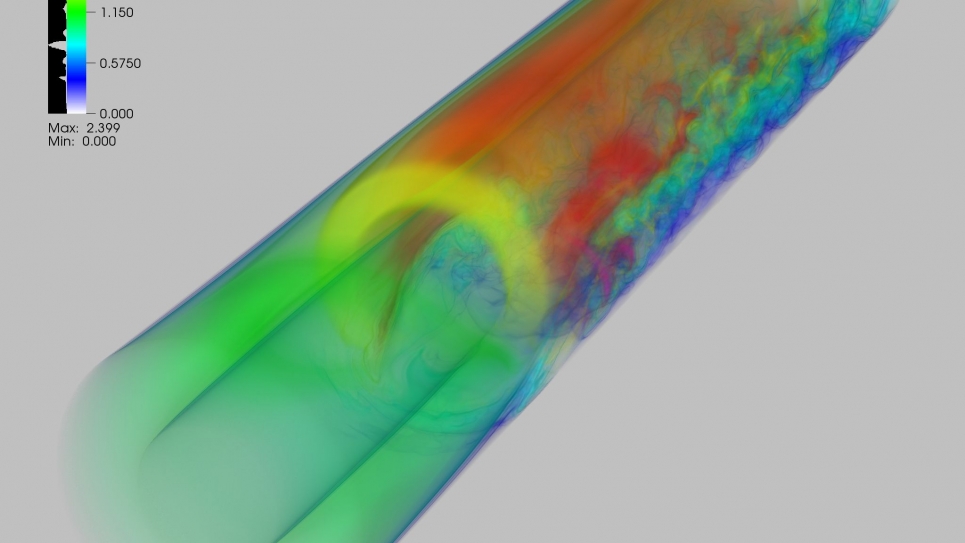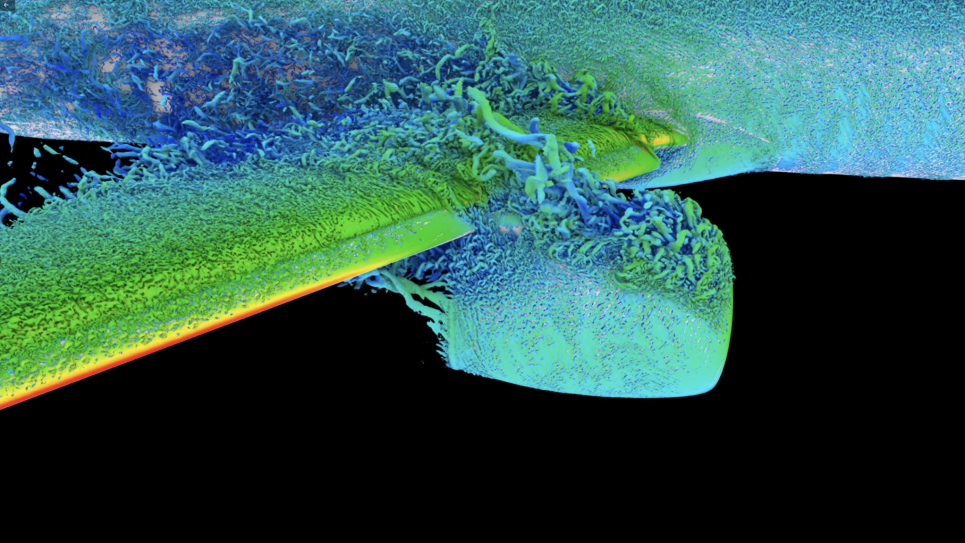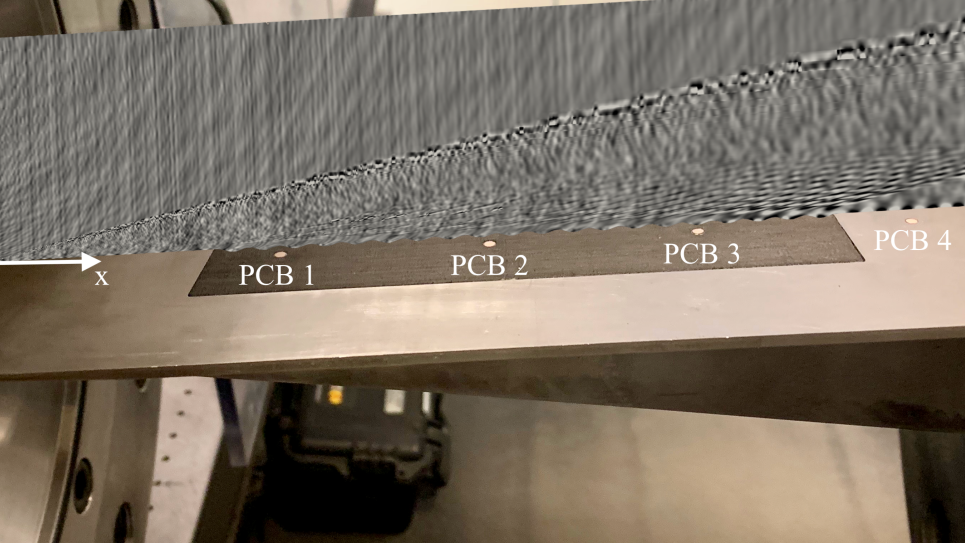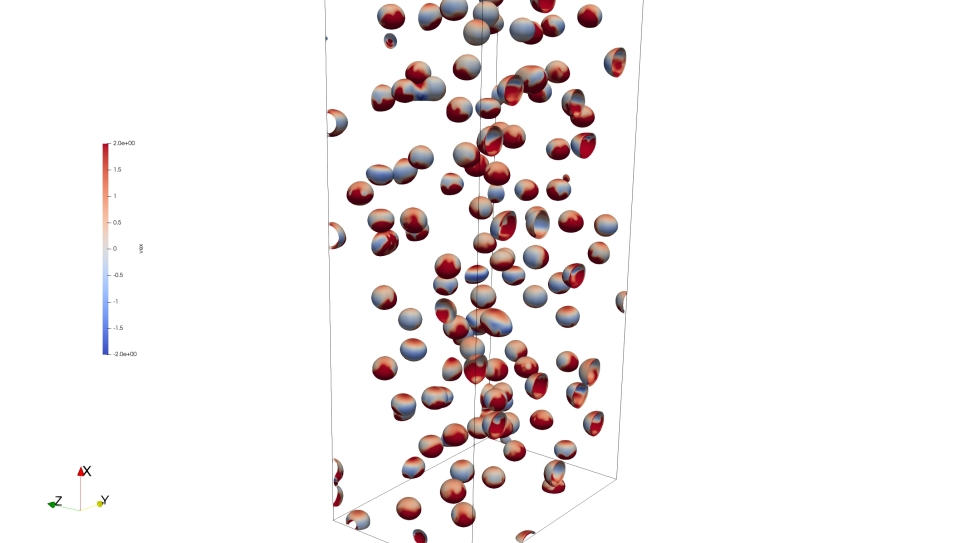
U.S.-Russia Collaboration on Verification and Validation in Thermal Hydraulics: Nek5000 and Conv3D Simulation of “SIBERIA” Experiment
In collaboration with the Moscow Institute of Nuclear Energy Safety (IBRAE), Aleksandr Obabko and the SHARP team with Argonne National Laboratory received 30 million hours to advance high-fidelity computational capabilities for research into complex thermo-fluid phenomena that will help make safe nuclear energy a reliable, carbon-free energy source.
Safer nuclear energy power promises to become a reliable, carbon-free resource capable of meeting a nation’s and the world’s energy needs. Numerical simulation has been an intrinsic part of nuclear engineering research, design, and licensing of existing and proposed conventional nuclear power plants. Nuclear modeling and simulation tools available today are mostly low dimensional, empirically based, valid for conditions close to the original experiments, and in many cases incremental improvements on decades-old legacy codes. The development, deployment, verification, and validation of higher-fidelity computational capabilities to analyze, model, simulate, and predict complex thermo-fluid phenomena will help advance nuclear power capabilities by resolving technical, cost, and safety issues.
One of the critical safety parameters in a nuclear power plant is the peak material temperature, which must be maintained well below the melting point of the core structural components such as the cladding, fuel, and subassembly walls. Prediction of the peak temperature, as well as the associated uncertainty, involves in part an accurate computation of thermal mixing governed by thermal conduction and convection in a complex geometry. The higher-fidelity thermal hydraulics codes will help simulate nuclear systems with well-defined and validated prediction capabilities.
Two thermal hydraulics codes we will cross-verify and validate in this project are Argonne National Laboratory’s highly scalable, open-source spectral-element code Nek5000 and the Conv3D code developed at the Moscow Institute of Nuclear Energy Safety (IBRAE). As part of an international engagement mandated by DOE in support of the safe, secure, and peaceful use of nuclear energy, we have initiated a collaborative activity between Argonne and IBRAE that involves the cross-verification and validation of the LES simulations by Nek5000 and Conv3D codes based on the experimental setup of “SIBERIA.” The advantage of this concurrent experiment in Novosibirsk, Russia is the capability of high-precision, time-dependent measurements of near-wall flow with a novel electro-diffusion method that makes “SIBERIA” particularly suitable for validation of high-fidelity computational fluid dynamics codes.


